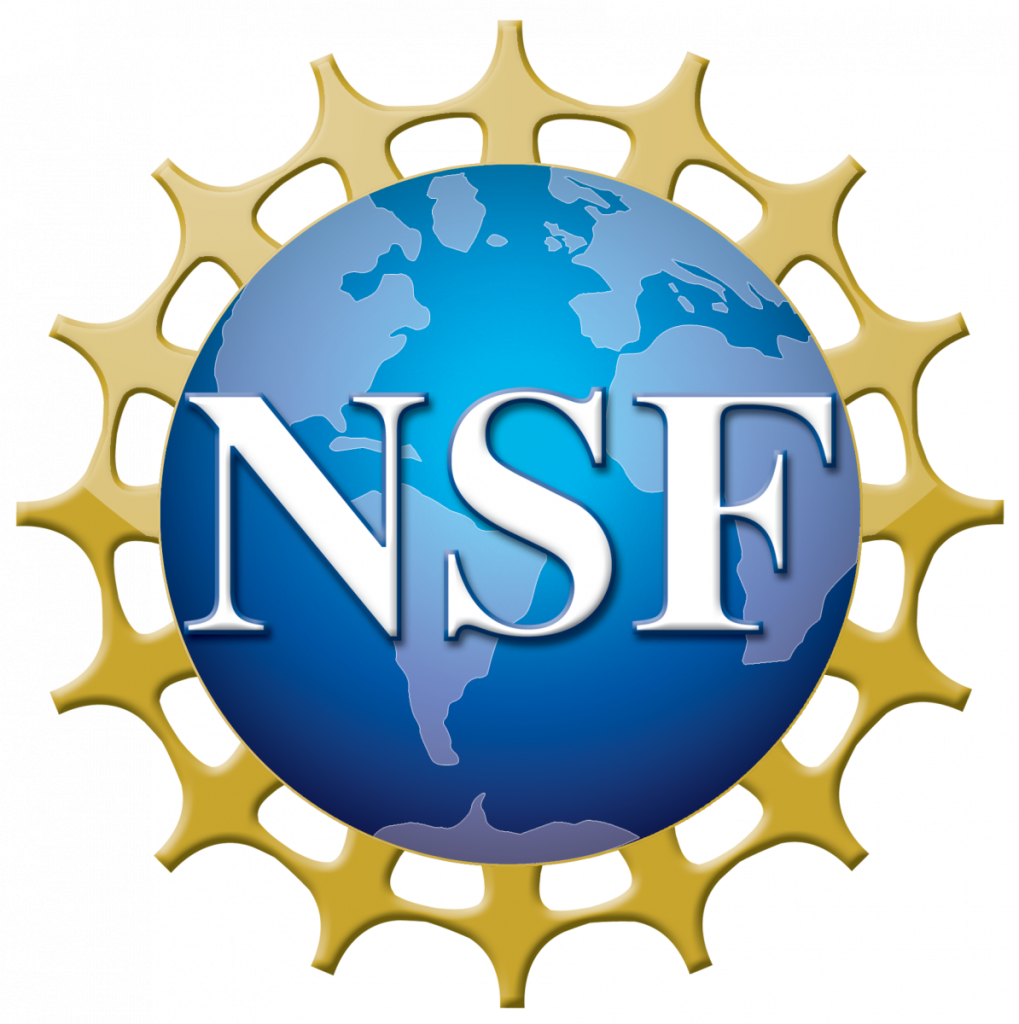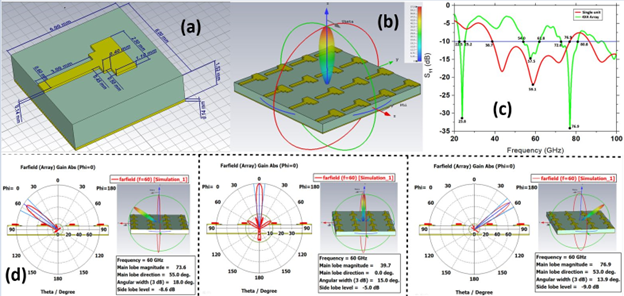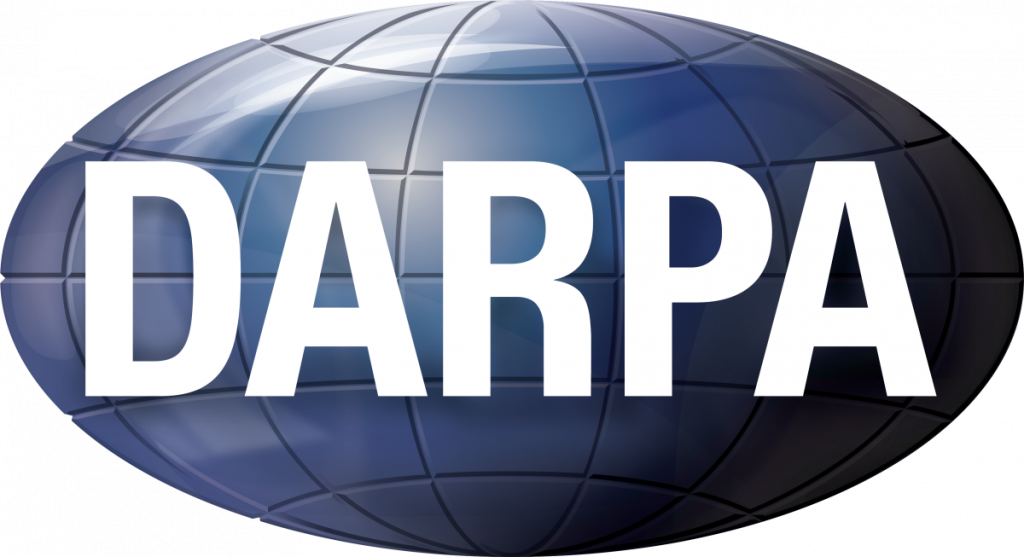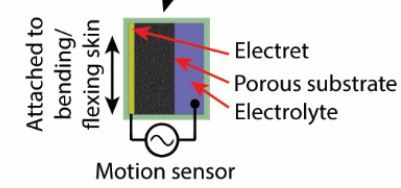Ongoing Research Projects:
RINGS: Mobility-driven Spectrum-Agile Resilient mmWave Communication Links for Unmanned Aerial Vehicle Traffic Management in the Sky (May 2022 – April 2025)
PI: Kamesh Namuduri (UNT), Co-PIs: Ifana Mahbub (UTD), Sudharman Jayaeera (UNM), Xiang Sun (UNM).
Sponsor:

Award abstract: https://www.nsf.gov/awardsearch/showAward?AWD_ID=2148178&HistoricalAwards=false
This project investigates spectrum-agile millimeter wave-based tunable beamforming strategies needed for establishing reliable and robust V2V communications links to support autonomous flight operations in air corridors along with the supporting radio frequency and mixed signal circuits and steerable antennas. Important research contributions include: (1) investigation of air corridor design and analysis, minimum operational requirements including latency, security, reliability, frequency, and data rates for V2V communications, (2) investigation of software-defined networking for Unmanned Aerial Vehicles (UAVs), design of an application layer protocol to enable a logic network controller to manage the physical layer functions of the UAVs in unstable wireless networks, (3) investigation into federated learning-based online trajectory planning to locally adjust the acceleration of a UAV in a dynamic environment, (4) design of frequency-reuse planning for air corridors in 3D space and investigation into spectrum sensing based dynamic channel allocation approaches to maximize network performance, and to ensure reliable and efficient air corridor traffic management, and (5) design of a phased-array antenna and beamforming for the directed wireless data transmission using mm-wave bands, and adaptive beamforming strategies based on the estimated states of the UAVs.

Ultrawideband Near-Field Probe System for Antenna Research (Nov. 2022 – Oct. 2023)
PI: Hung Luyen (UNT), Co-PI: Ifana Mahbub (UTD)
Sponsor:

The objective of this project is to build an antenna measurement facility which will provide critical support for the research, development, and testing of new antenna designs and concepts at the University of North Texas (UNT) and the University of Texas at Dallas (UTD). The proposed system is capable of characterizing three-dimensional radiation patterns of antennas-under-test over a wide frequency range of 0.65-18 GHz. This facility will be used for three ongoing DoD-funded projects and the other research projects already proposed to the DoD. These projects involve development of antenna systems for various applications ranging from electronic support and electronic attack to wireless communication and sensing systems. The proposed antenna measurement facility is expected to significantly reduce the turnaround time for characterization, troubleshooting, and iterations of antenna designs, and therefore, plays an essential role in maximizing the overall outcomes and deliverables of these DoD-funded projects.
Next generation of wireless power transfer network of Unmanned Aircraft System (UAS) using electromechanical beamforming
Sponsor:

This study aims to develop the next generation of wireless power transfer (WPT) network that is scalable, safe, and efficient and can be deployed in a UAS by incorporating waveform engineering, electromechanical beamforming, integrated phased-array antenna, and transmitter (TX)/receiver (RX) co-design. This project aims to reveal the fundamental understanding of the energy sphere formation in a 3D space using UAVs as a case study. Although interests in radiative (far-field) WPT using beamforming has been growing rapidly because of its capability to energize a large number of autonomous devices, most of these works are still in the theoretical phase without any practical implementation. This project aims to implement a robust beamforming network using a bottom-up approach (from the antenna to the inter-connected network) that is highly important for addressing the challenges associated with a dynamically changing environment.

CAREER: Next-generation of Wirelessly Powered Implantable Neuromodulation and Electrophysiological Recording System for Long-term Behavior Study of Freely-Moving Animals (Feb. 2020 – Jan. 2026) (REU supplement: Sep. 2021- Aug. 2022)
Sponsor:

Award abstract: https://www.nsf.gov/awardsearch/showAward?AWD_ID=1943990&HistoricalAwards=false
The goal of the project is to develop a highly miniaturized fully implantable tetherless wireless neural signal recording and power delivery system for the next generation of neuromodulation and brain-computer interfacing. The specific objectives of the project are: 1) investigation of on-chip neural signal recording and stimulation systems that are wirelessly connected via low-power, highly duty-cycled, reconfigurable Impulse-Radio Ultra-wideband (IR-UWB) radio links, 2) integration of inductively-coupled wireless power transfer (WPT) system to power the brain implants in freely-moving animals (e.g. mice or rats) inside the cage, and 3) long-term behavior study and clinical validation of the proposed system in animal models to find cures for disabilities such as chronic neuropathic pain and post-stroke paralysis.

High Surface Area Reverse Electrowetting Mechanoelectrical Transduction (PI: Mahbub, Co-PI: Reid) (Sept. 2019 – Aug. 2023) (REU supplement: Sep. 2021- Aug. 2022)
Sponsor:

Award abstract: https://www.nsf.gov/awardsearch/showAward?AWD_ID=1933502&HistoricalAwards=false
The goal of this research project is to use the hitherto unexploited surface area advantage of a liquid-based energy harvesting concept called reverse electrowetting to harvest energy from low-frequency movement and to develop a self-powered motion sensor to detect various movements such as walking and running. A miniaturized integrated circuit (IC) chip will be developed that will make the energy harvester highly suitable for other industrial and biomedical applications.

